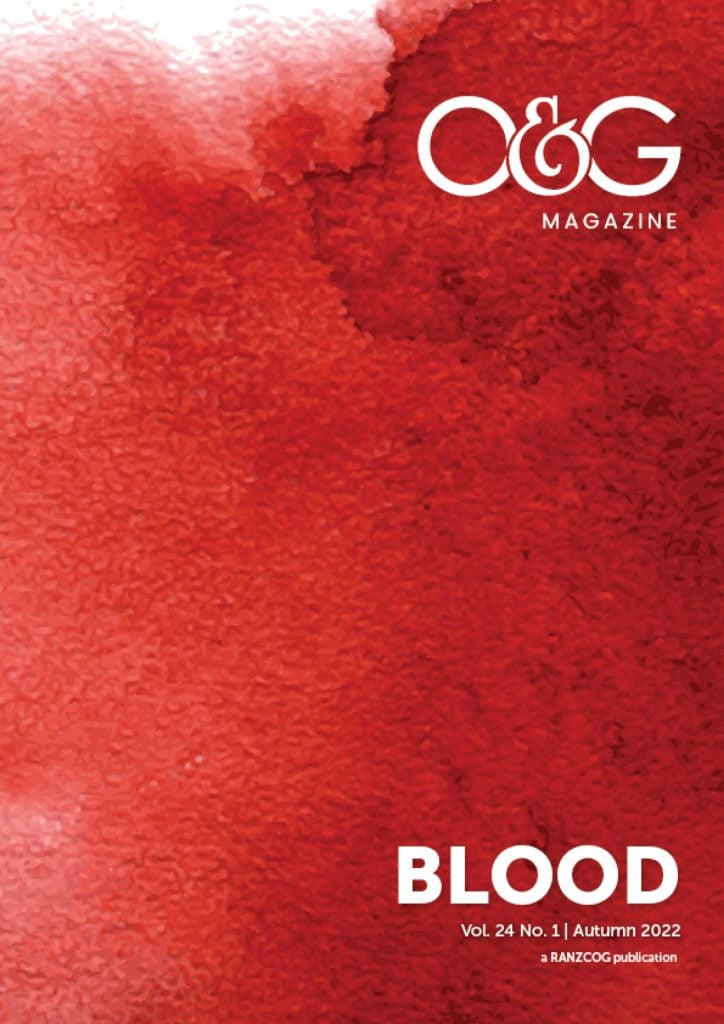It’s likely that at least once a week, you see an online story about menstrual health – recently defined as ‘a state of complete physical, mental, and social well-being and not merely the absence of disease or infirmity, in relation to the menstrual cycle’.1 While menstruation is having its moment in the spotlight, most of the light shines on pieces about ‘Period Poverty,’ loosely defined as the condition in which someone cannot afford the menstrual materials they would like to use during their period. Period Poverty, it is widely assumed, prevents school attendance, workforce participation and illness despite a dearth of data to substantiate these causalities. In fact, there is limited evidence that programs that provide menstrual materials in low- and middle-income countries work to improve school attendance and psychosocial outcomes2 and essentially no robust evidence that they do so in high-income countries.
Although there are certainly people around the globe who cannot access menstrual materials, often the stories we see in the media use shocking anecdotes to tug at heartstrings; these accounts do not necessarily represent the experiences of most menstruators.3 In addition, when speaking about low- and middle-income countries, these representations often ‘lapse into sensationalized or patronizing accounts of menstrual beliefs and practices that disregard and, in some cases, even ridicule cultural and religious traditions… largely fail(ing) to understand the complex and diverse meanings of menstrual beliefs and practices’.4 Nevertheless, these accounts motivate well-meaning individuals and organisations to rush to provide the products they believe women, girls and others who menstruate (for example, those who identify as non-gender binary or trans-men) need to manage their periods. Many such initiatives elevate menstrual care practices in high-income countries as aspirational, an articulation of ‘West is Best’ attitudes.
Menstruation is an incredibly complex topic, a physiological reality shaped by its sociocultural context. Globally, it is considered a taboo topic of conversation, and as a result menstrual literacy is woefully inadequate. Much of the recent research documenting menstrual inequities has focused on menstruators in low- and middle-income countries, with a review of these studies published in 2019.5 To enable a truly global view, we recently completed a review of menstrual experiences in high-income countries.6 Together these reviews investigated the lived experiences of almost 10,000 people from 51 countries. We summarised all the data on menstrual experiences that has ever been collected during interviews, focus groups and written narratives, and developed models that identify several pathways through which menstrual experiences take shape. Together, the reviews highlight that around the world menstruation is overwhelmingly considered a negative occurrence that produces a range of adverse personal impacts.
Across diverse sites, the sociocultural environment, essentially a mandate of shame, silence and secrecy around menstruation, leads to strict behavioural expectations to hide menstruation (particularly menstrual fluid), and limits access to knowledge about the menstrual cycle. Menstrual stigma also constrains access to suitable menstrual materials and a clean and private place to change, wash and dispose of them. People who menstruate are often unhappy with their own practices, sometimes feeling disgusted and distressed, and often lack the confidence to manage their period or engage in their usual activities during menstruation. They may live with negative emotions, from frustration to strong distress and shame. In high-income countries, when seeking medical assistance for discomforts including pain related to menstruation, many are dismissed by health professionals. Where healthcare workers do acknowledge the experience of pain and/or heavy bleeding they often express that menstrual symptoms are just a normal part of being a woman, or that the patient must have ‘a very low pain threshold’.7
The models demonstrate that poor menstrual experiences everywhere lead to detrimental impacts on physical health, psychological health, personal relationships and participation in society, including in school and employment. What is clear is that negative menstrual experiences are the consequence of more than Period Poverty. Indeed, pervasive and entrenched menstrual stigma trivialises menstruation to the point where resources are limited, painful experiences are ignored and the burden to conceal menstrual status is so great that many would prefer to avoid public life than risk the embarrassment of a leak.
We need programs that focus on menstrual health more broadly than most of those in operation today. A more holistic approach ensures that not only do those who menstruate have access to menstrual materials (which they choose for themselves, not those others assume are most appropriate) and suitable facilities to change, wash and dispose of them, but also promotes access to knowledge about the menstrual cycle, timely medical diagnosis and treatment, a positive and respectful environment (including when seeking medical care), and the choice of whether and how those who menstruate participate in all spheres of life.8 Furthermore, such programs need to consider the cultural context within which they exist; they must not assume that menstrual practices common in high-income countries are always preferred or ‘the best’.
It is laudable that discussions of menstruation are now so mainstream, but if we are going to sustainably achieve good menstrual health for everyone, we must do more than throw free pads at the problem.
Our feature articles represent the views of our authors and do not necessarily represent the views of the Royal Australian and New Zealand College of Obstetricians and Gynaecologists (RANZCOG), who publish O&G Magazine. While we make every effort to ensure that the information we share is accurate, we welcome any comments, suggestions or correction of errors in our comments section below, or by emailing the editor at [email protected].
References
- Hennegan J, Winkler IT, Bobel C, et al. Menstrual health: a definition for policy, practice, and research. Sexual and Reproductive Health Matters. 2021;29(1):1911618.
- Hennegan J, Montgomery P. Do Menstrual Hygiene Management Interventions Improve Education and Psychosocial Outcomes for Women and Girls in Low and Middle Income Countries? A Systematic Review. PLOS ONE. 2016;11(2):e0146985-e.
- Bobel C. The Managed Body: Developing Girls and Menstrual Health in the Global South. Cham, Switzerland: Palgrave MacMillan; 2019.
- Winkler IT, Bobel C. “Bizarre” and “Backward”: Saviorism and Modernity in Representations of Menstrual Beliefs and Practices in the Popular Media. Feminist Formations. 2021.
- Hennegan J, Shannon AK, Rubli J, et al. Women’s and girls’ experiences of menstruation in low- and middle-income countries: A systematic review and qualitative metasynthesis. PLOS Medicine. 2019;16(5):e1002803.
- Barrington DJ, Robinson HJ, Wilson E, Hennegan J. Experiences of menstruation in high income countries: A systematic review, qualitative evidence synthesis and comparison to low- and middle-income countries. PLOS ONE. 2021;16(7):e0255001.
- Elson J. Menarche, menstruation, and gender identity: retrospective accounts from women who have undergone premenopausal hysterectomy. Sex Roles. 2002;46(1-2):37-48.
- Hennegan J, Winkler IT, Bobel C, et al. Menstrual health: a definition for policy, practice, and research. Sexual and Reproductive Health Matters. 2021;29(1):1911618.






Leave a Reply